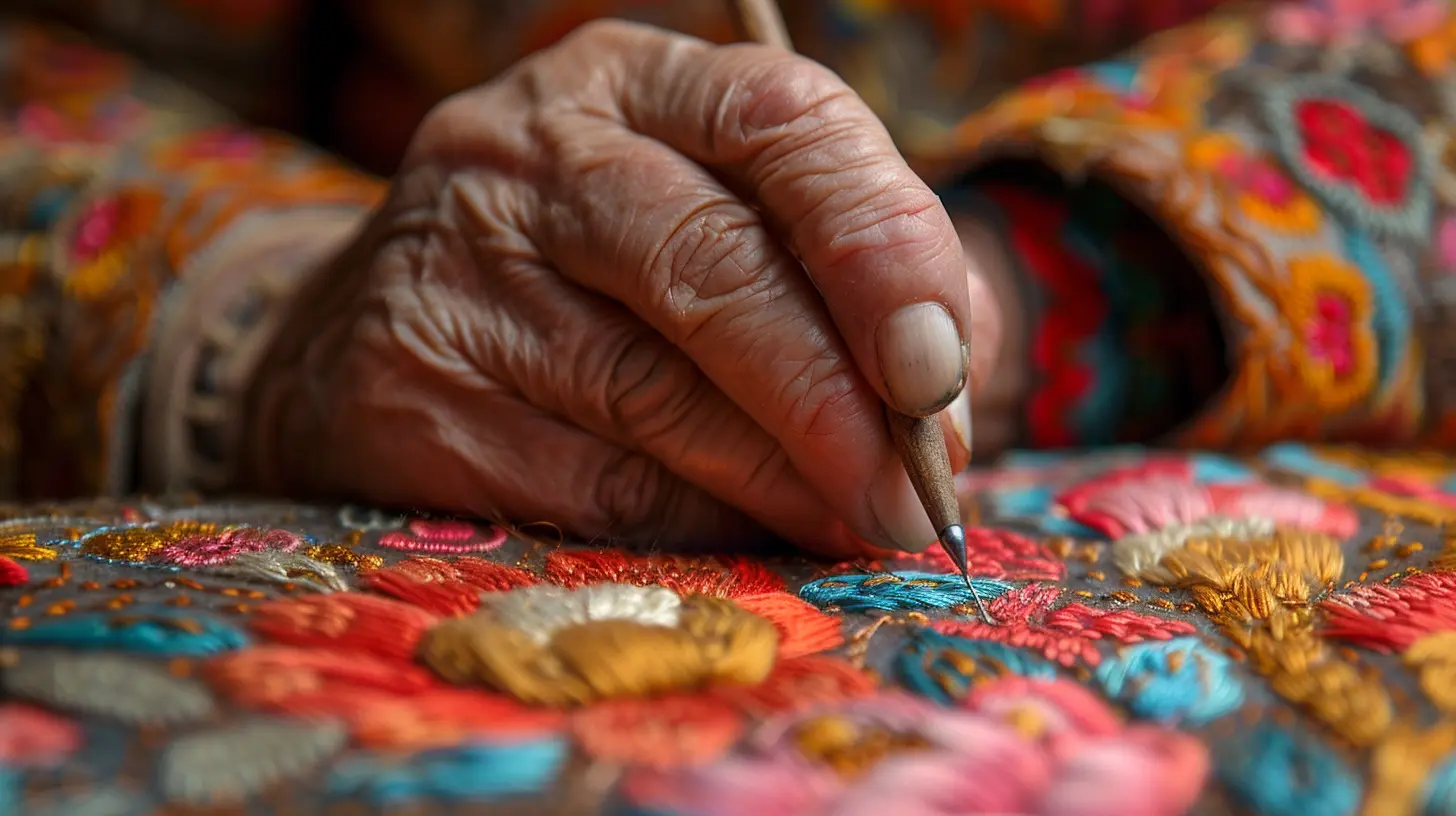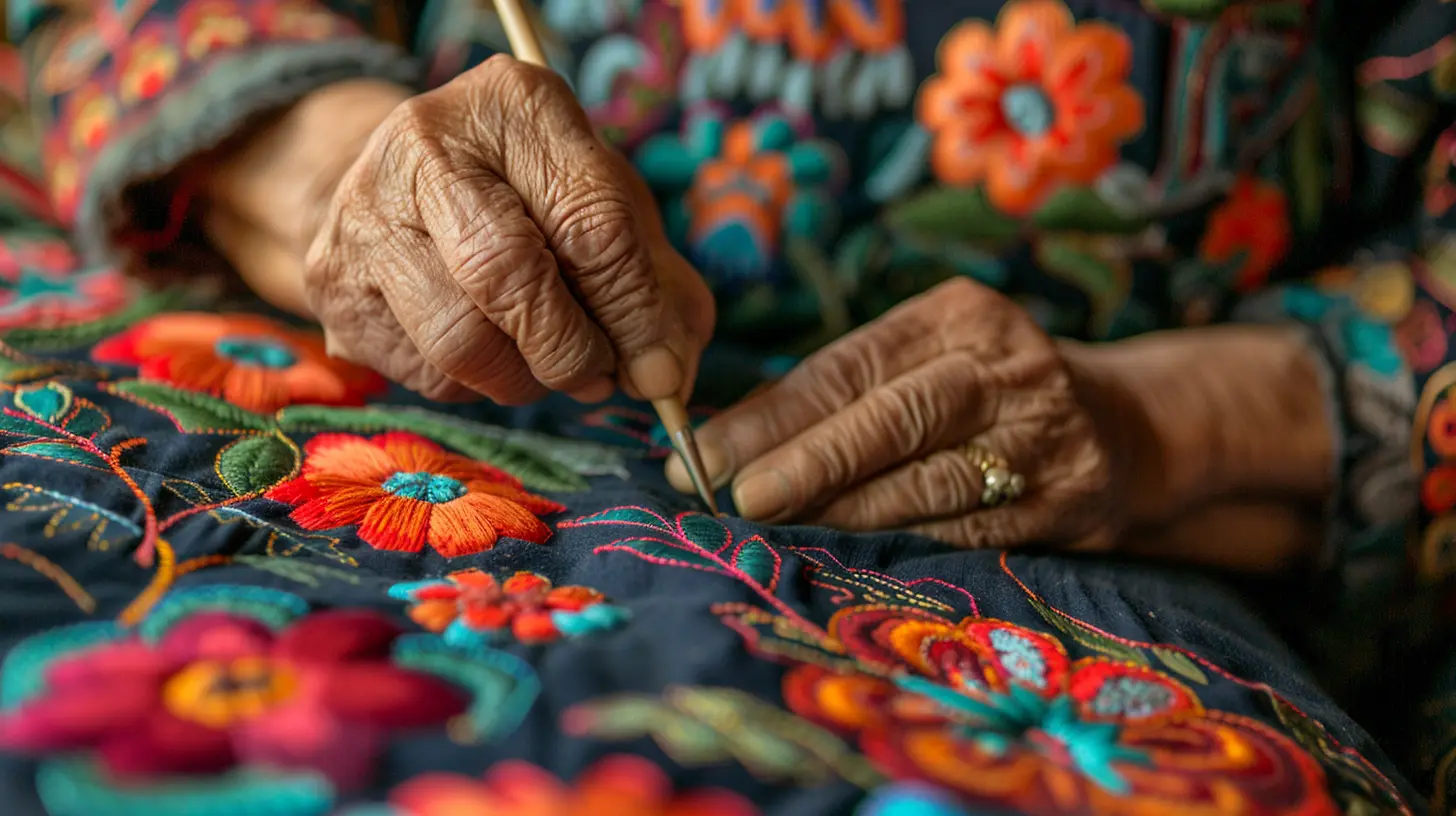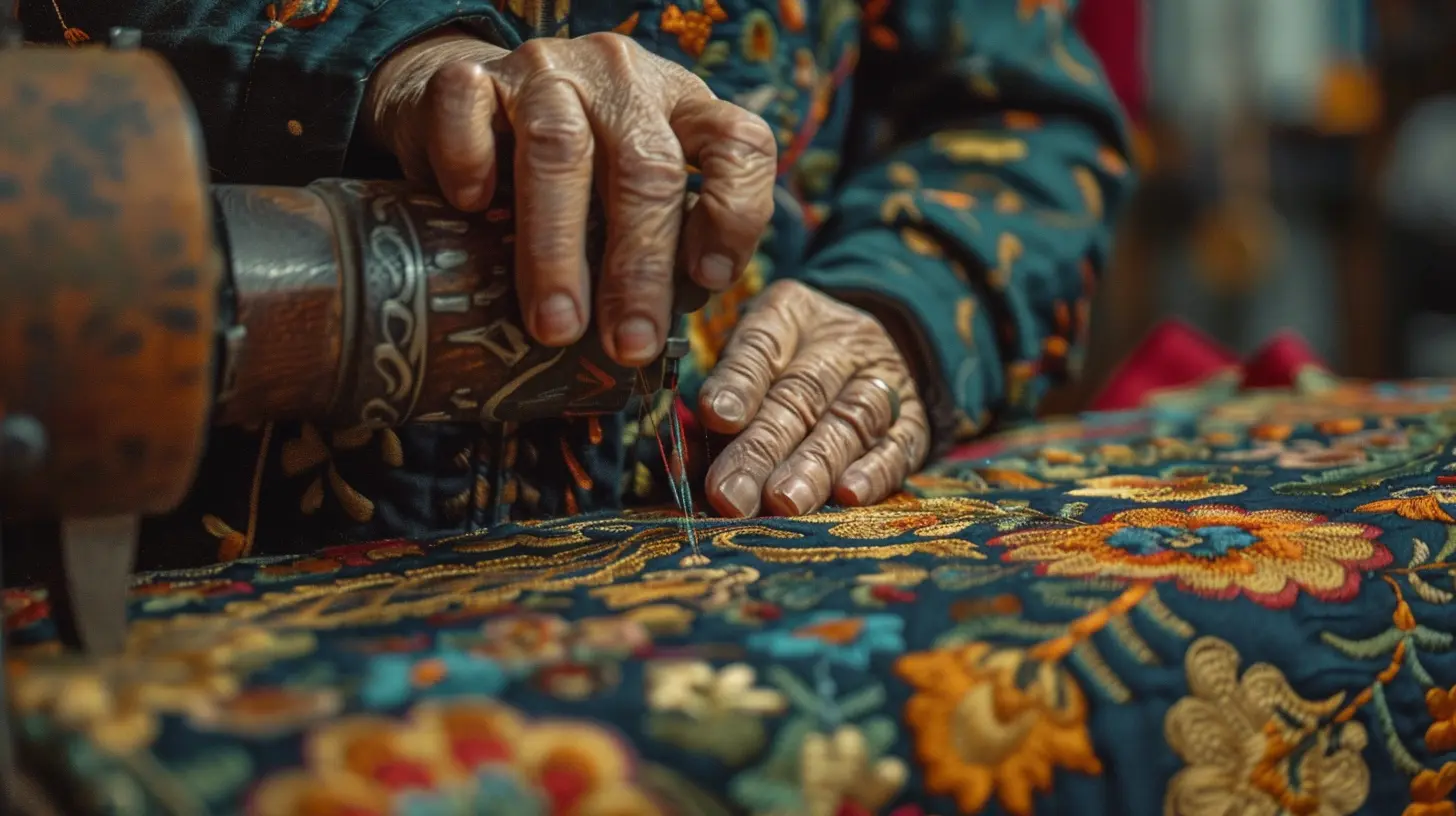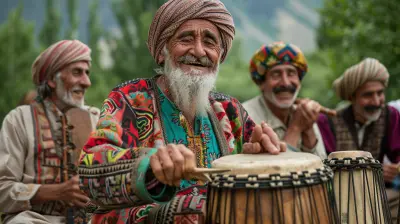Embroidered Stories: The Craftsmanship of Traditional Textiles
27 September 2025
Imagine holding a piece of fabric that speaks to you—not with words, but with colors, patterns, and stitches that whisper tales of generations. That’s the magic of traditional textiles. These aren’t just pieces of cloth; they’re living, breathing stories passed down from one skilled pair of hands to the next. Today, let’s dive deep into the heart of culture and craft, where every thread has a tale and every motif a meaning.

Unraveling the Threads of History
You know that feeling of flipping through an old photo album? That rush of nostalgia and connection to the past. Traditional textiles evoke that same feeling—except they’re woven, not printed. These ancient art forms have been around for centuries, often woven into the very identity of a culture.From the vibrant saris of India to the intricate kente cloths of Ghana, the story begins with people—artisans who use their hands, hearts, and heritage to bring fabrics to life. These textiles carry the legacy of civilizations and reflect the social, spiritual, and political landscapes of their time.
And here’s the kicker: they’re still around today. Why? Because when something is made with soul, it stands the test of time.

The Power of A Single Stitch
You might be wondering, “Can a little stitch really matter?” Oh, absolutely.Every stitch in traditional embroidery is done with intention. It’s a conversation between the maker and the fabric—a silent language of symbols, patterns, and pigments. Whether it's the rich motifs of Uzbek suzanis or the delicate Kantha stitch from Bengal, these designs are more than just decoration. They’re a form of storytelling.
Let’s take the Japanese sashiko, for instance. Originally used to reinforce clothing, this white-on-indigo stitching evolved into a form of art. Or consider Mexico’s Otomi embroidery—vivid animal and plant figures bursting with energy. These aren’t random doodles; they represent myths and folklore passed down for centuries.

A Global Gallery of Textile Traditions
Isn’t it fascinating how every corner of the world has its own textile voice? Here’s a quick journey through some of the most breathtaking traditions:🧵 India – The Land of Threads
India is basically textile heaven. We're talking about over a hundred different types of traditional fabrics, each with its own technique and tale. Think block-printed cottons from Rajasthan, mirror work from Gujarat, or the luxurious silk brocades of Banaras. Each region is like a chapter in a giant textile novel.🧵 Morocco – Colorful Geometries
Moroccan textiles are like jazz—vibrant, rhythmic, and full of personality. Hand-woven Berber rugs tell stories of tribe, place, and purpose. Their bold, geometric shapes combined with natural dyes create pieces that are as meaningful as they are beautiful.🧵 Peru – Weaving the Andes
Peruvian weavings are ancient—like 1000s of years old ancient. The patterns are complex, the colors are vibrant, and the technique is a spiritual ritual. The Quechua women spin magic with their backstrap looms, often using traditional alpaca wool.🧵 Indonesia – Batik and Beyond
If you’ve ever seen batik, you know it’s not your average print. This wax-resist dyeing technique is more artistry than apparel. Java, in particular, is considered the heartbeat of batik, with patterns that reflect everything from nature to social status.🧵 West Africa – Threads of Royalty
African textiles like kente and adinkra aren’t just pretty fabrics—they’re wearable philosophy. Each color and symbol tells a story about leadership, destiny, or moral values. Kente is even considered a royal cloth, originally worn only by Ashanti kings.
Why Traditional Textiles Still Matter
Okay, so we’ve geeked out over how beautiful and historic traditional textiles are. But why should we care now, in an age of fast fashion and factory-made everything?1. They Keep Culture Alive
Let’s be real: every time you wear or decorate with a handcrafted textile, you’re keeping someone’s heritage alive. That’s powerful. You’re not just buying a product; you’re supporting an entire ecosystem of artisans, families, and traditions.2. They’re Sustainable and Slow
In a world that races toward the next big thing, traditional textiles force us to slow down. They’re made by hand, using natural materials, and meant to last for years—unlike mass-produced clothes that barely survive a season.3. They Tell Human Stories
Every piece is personal. It’s literally someone’s sweat, patience, and pride stitched into fabric. You can’t find that kind of soul in a factory-made tee.4. They Inspire Creativity
The colors, patterns, and techniques can spark fresh ideas for designers, artists, and dreamers alike. Many high-end fashion houses have taken cues from traditional patterns—proof that old can be gold.The Revival Movement—It’s Real!
The best part? There’s a powerful revival movement happening across the globe. Younger generations are embracing their heritage and breathing new life into old traditions. With the help of social media, artisan markets, and ethical fashion brands, traditional textiles are making a comeback.And it's not just about wearing a pretty scarf. It’s about making conscious choices—choosing to buy from artisans, to learn the meaning behind the motifs, and to cherish the human connections behind each thread.
Visiting the Makers—Travel with Purpose
Now, tell me this—what’s better than shopping for beautiful textiles? Meeting the people who make them!Textile tourism is on the rise, and for good reason. It offers immersive experiences where you can watch master weavers at work, learn techniques firsthand, and maybe even try your hand at the loom. Whether it's taking a batik class in Java, visiting a weaving village in Guatemala, or touring handloom cooperatives in India, it’s travel with heart.
You’re not just snapping photos; you’re engaging with culture at its roots. And trust me, that kind of connection is unforgettable.
Tips for Supporting Traditional Textiles
Ready to take the plunge? Here are a few simple ways you can support these living traditions:- Buy Direct from Artisans: Avoid the middlemen. Look for fair-trade platforms or visit artisan markets.
- Learn the Story: Ask about the origin, meaning, and makers behind each piece.
- Take Care of Your Textiles: These are heirlooms, not throwaways. Handle them with love.
- Share the Art: Every time someone compliments your embroidered jacket or woven bag, share the story.
The Legacy Continues…
Here’s something beautiful to think about: when you bring traditional textiles into your life, you're not just decorating your home or wardrobe. You’re becoming a thread in a much bigger tapestry—one that spans continents, cultures, and centuries.And in a world that sometimes feels oversaturated with the artificial, embracing the authenticity of handmade textiles is like taking a deep, soul-refreshing breath.
So next time you see a hand-embroidered cushion, a handwoven scarf, or a richly dyed batik, pause. Look closer. Listen. Because somewhere, in the hum of a loom or the quiet scratch of a needle, there’s a story waiting just for you.
You in?
Let’s spin stories with our threads.all images in this post were generated using AI tools
Category:
Cultural ExperiencesAuthor:

Tracie McAdams
Discussion
rate this article
1 comments
Buzz Wolfe
Who knew threads could tell tales? Forget spies; these textiles have more drama than a soap opera! Just imagine your sofa gossiping about that stunning embroidered cushion—'I’ve seen things that would make your grandma gasp!' Happy stitching, storytellers!
October 1, 2025 at 3:49 PM

Tracie McAdams
Thank you for your delightful comment! It's amazing how textiles can weave their own narratives, adding depth to our homes and lives. Happy stitching indeed!


